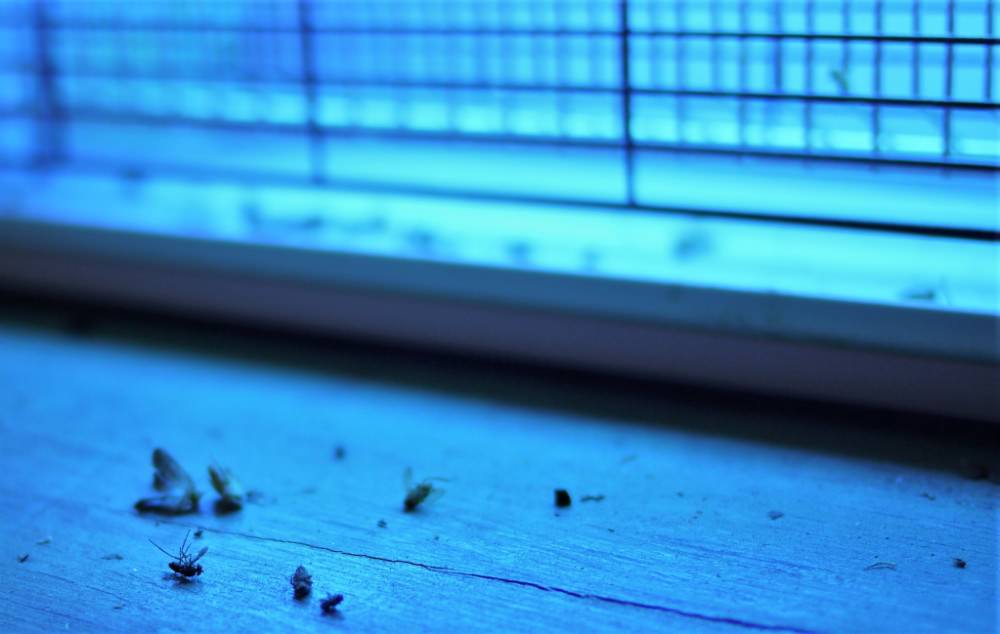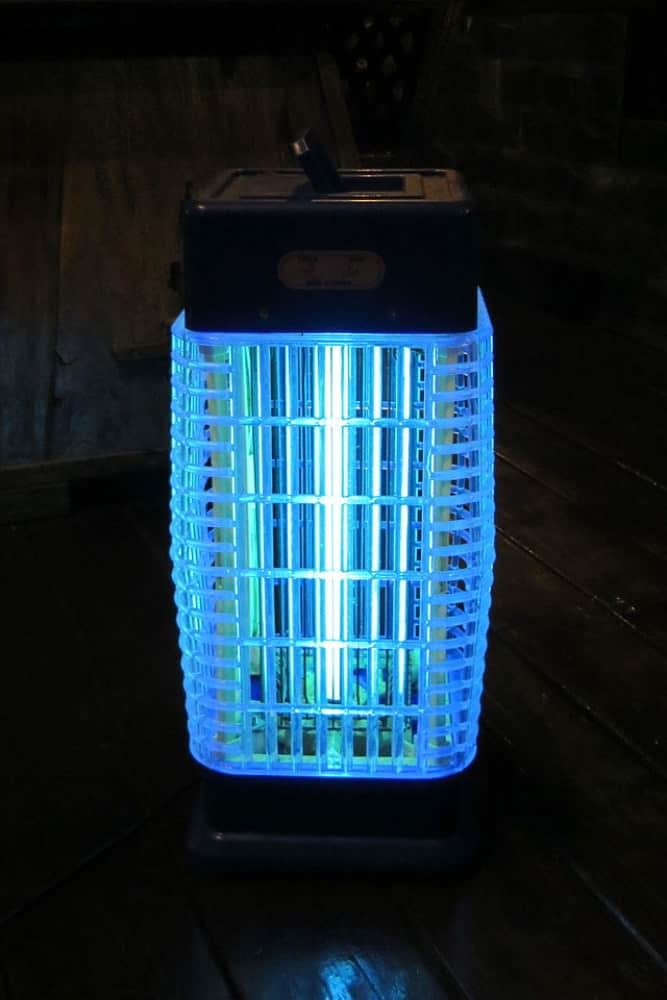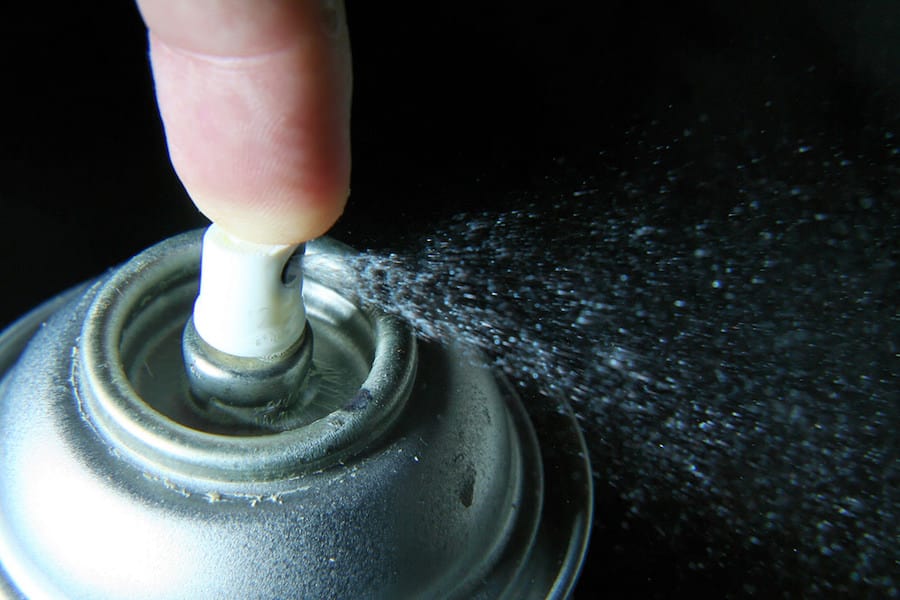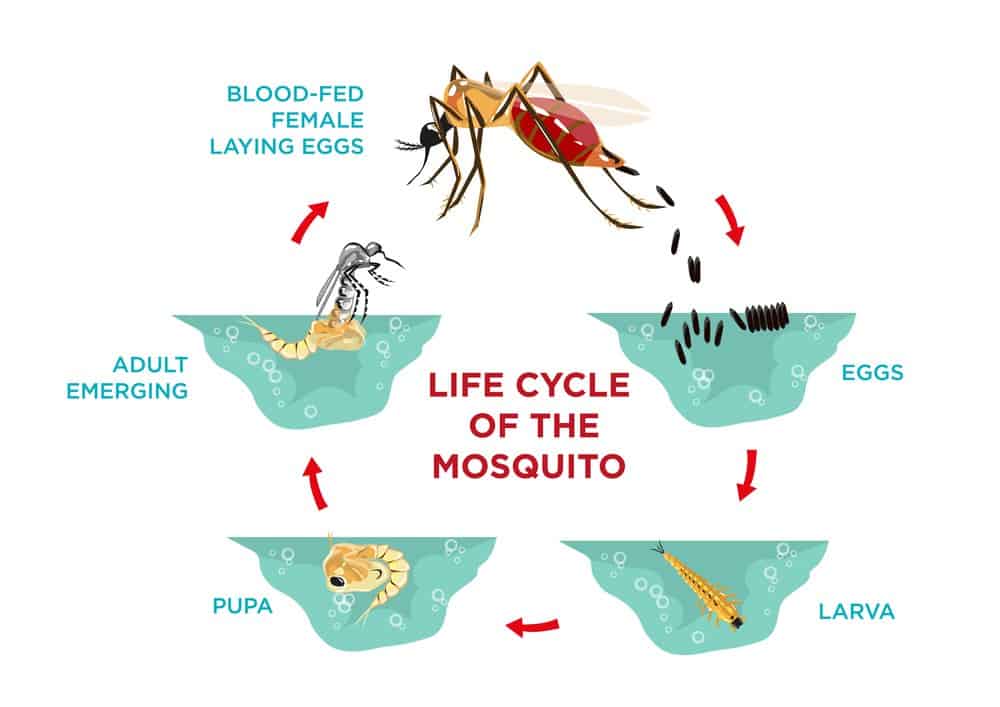Best Indoor Mosquito Traps
When we want to get rid of mosquitoes in the home, our initial thought is probably to reach for the DEET spray. However, this is not ideal solution for our health. Luckily, there is an alternative which won’t harm us but will get rid of these pesky bugs.
How Do Mosquito Traps Work?
A safe way of killing the mosquitoes flying around your house, these indoor traps generally don’t contain toxic chemicals. Nowadays, most come in sleek, compact designs, so they won’t ruin the feng shui in your room either.
Mosquito traps work differently, depending on the model—some use light while others utilize carbon dioxide. One thing they do share is their ability to attract mosquitoes.

Traps are different to repellents. To trap means to attract and capture insects, whereas repellents keep them away. If you have never used a mosquito trap before, it may disappoint you when you see how many insects it actually attracts. However, this is a good thing, as it means it’s working.
Some outdoor mosquito traps work to attract the bloodsucking insects from miles away. An indoor trap only works its magic within the surrounding walls. Nevertheless, that is all you need when indoors.
Mosquito traps require some patience. Because they don’t rely on dispersing toxic chemicals into the air, they are not a “quick fix” tool. However, you should see excellent results in the longer term and a decrease is usually evident just a few days. You can even make your own traps.
Traps are one of the most effective types of mosquito killer. A major benefit of a trap is that it exterminates the mosquitoes in the surrounding area, by first luring them in and then killing them. As opposed to toxic sprays which only work on those in front of you at the time of spraying.
Mosquito traps generally use one of these three methods of attracting the insects: light, carbon dioxide or scent.
Light
Attracting mosquitoes by light is probably the most well-known way of getting rid of these insects. We all remember that trap hanging by the lake cabin, shining a rather ordinary looking blue light. However bland this light might have looked to us, most mosquitoes are drawn to it.

Carbon Dioxide
How do mosquitoes identify their next blood meal? They track the carbon dioxide emissions and heat of their victims.
Some manufacturers got creative and produced a trap which emits carbon dioxide. This works either through propane or a special coating on the machine that releases the gas when heated.
The combination of heat and carbon dioxide will be almost irresistible for a mosquito, as it will likely think it has found an animal or human. Don’t worry though, the emissions from the trap are so small, they are harmless to people.
Scent
Something else that mosquitoes use when hunting for blood is their sense of smell. Just like bees and flies, mosquitoes are in fact attracted to particular odors, some of which are floral and lactic acids.
This type of mosquito trap will utilize fragrance strips or cartridges. It will then heat up and release a specific scent into the surrounding area.
Trap
Now that we have captured the mosquitoes, what happens next? Ideally, you would want the stinging culprits dead, but again, there are a few different methods for doing this. Some will dehydrate or drown the mosquitoes, while others use sticky paper.
Dry Catch
A dry catch is relatively simple, however not always effective. Nonetheless, when the mosquitoes come close to the machine, it will suck them in like a small vacuum.
Inside, the mosquitoes will spin around and eventually become trapped. Here they will dehydrate and die.
But if you turn off the machine too early, some mosquitoes are likely to still be alive. Another issue you may find is that some models accidentally let them escape through the filters.
Wet Catch
A wet catch trap will have a tray underneath it, filled with a liquid that the mosquitoes fall into and thereby drown. This type of trap is generally very effective, but it can be messy to clean the tray afterward.
Sticky Paper
Remember those sticky paper fly traps that would hang around the corners of the house? They were a pain if you ever get stuck in one. These work wonders at trapping and eventually killing mosquitoes.
These traps have sheets of sticky paper inside, so when the vacuum sucks the mosquitoes in, they will stick to the paper. This capture method is probably the most effective.
What Are the Best Indoor Mosquito Traps to Buy?
If you’re considering buying an indoor mosquito trap, then I have listed my four favorites below. These are all non-toxic, easy to use traps (see our full selection of favorite zappers here).
LiBa Bug Zapper
The LiBa Bug Zapper is a small, yet powerful insect zapper. With its two light bulbs of 110 volts and a grid of 2800 volts, it’s capable of attracting any flying insects nearby and killing them upon contact.
A cage wiring protects the powerful grid. The grates are wide enough for mosquitoes to enter but small enough to prevent tiny fingers or paws from coming into contact. This makes it incredibly safe to keep around the house.
The trap comes with a wire chain, so you have the option of hanging it on the wall if you are tight on space.
The collection tray where the dead mosquitoes fall into is also relatively easy to clean up. You can detach, clean and replace it in minutes. If you do have lots of mosquitoes, make sure you clean it at least once a week.
As with any product, there is one negative which I feel should be mentioned. The trap itself can be a little noisy. If you’re a light sleeper, you may feel somewhat disturbed by it.
In saying this, if you like to sleep with “white noise,” the trap’s humming may not be that big an issue for you. However, it’s likely to be much better than the sudden buzz of a mosquito flying past your ear every few minutes.
Fomei Bug Zapper
The Formei Bug Zapper resembles a small garden lamp. It is visually appealing, while being compact in size.
Although it is a relatively small mosquito trap, it’s very efficient. The light is able to attract insects from larger areas.
With one light bulb in the middle and a surrounding grid of 1000 volts, it’s intriguing for nearby mosquitoes. However, this trap will also attract other annoying insects such as fleas, midges, and flies.
It has that signature bug-zapping, blue light. Yet, because of its black grid, the light won’t seem overwhelming if you have it on in your bedroom after dark.
The trap seems robust and not easily broken. You can even place it outside on the porch, although here it won’t be as effective, and you should take it indoors if you suspect bad weather.
At the bottom of the Fomei trap is a tray where dead mosquitoes and other insects fall into. You can quickly loosen this and clean it out, place it back in the trap, and wait for more mosquitoes to fall.
The trap is also very easy to use. There’s no assembly required, just remove from the package, plug it in, and you are ready to go.
KATCHY Electric Insect Trap
The KATCHY electric insect trap is a bit different from the first two. This trap won’t zap the mosquitoes caught, but will instead force them onto a board of sticky glue paper.
The KATCHY trap works with a fan and a light. It utilizes the bright light to attract the insects and, when they get close, a fast-moving fan will draw them inside. Once they are inside, the fan pushes them toward the glue, where they will get stuck and eventually die.
Its effects should reach an area of around 320 square feet, which is equivalent to a medium-sized living room or a small studio. The little trap is also mobile, it can easily be taken on the road as it can also plug into a USB outlet. This feature makes it perfect for taking to the cabin or even for camping
Even though the KATCHY insect trap is very effective for its small size, it is not as useful when it comes to larger house flies. The manufacturer also states this in its description. But otherwise, it is an excellent choice as an indoor mosquito trap.
VIVREAL Bug Zapper
This VIVREAL zapper will put its focus on any flying insects present in the room—be they mosquitoes, moths, wasps, or flies. The VIVREAL promises to attract bugs in a 538 square-foot area.
It looks similar to the LiBa Bug Zapper, although this model is somewhat larger. It has a one-button control system which switches on the blue lights. The bulbs emit waves of ultraviolet beams that attract the insects and lure them close to the electric grid.
The trap is safe for humans and pets, and has an EMC certificate. The electric grid is harmless for anything more significant than a moth, and the grates at the front will protect it, so no accidental contact occurs.
As with the indoor traps above, the VIVREAL also has a removable collection tray. The tray slides effortlessly in and out which makes for an easy cleanup. It is again recommended to check the plate often, to ensure a long lifespan.
You can leave this device standing, suspend it from the ceiling or hang on a wall with the support of the metal chain included.
How to Use Indoor Mosquito Traps Effectively?
An indoor mosquito trap might be the best tool to kill your unwanted flying guests. However, their efficiency depends on how you use them.
You should also be aware before you buy one, that these won’t do much if you are dealing with a stubborn infestation. Nonetheless, indoor traps are excellent for a cleanup and continued monitoring.
Mosquitoes can be tricky to find within a room. During daylight hours, most hide away from noise and light to fuel up on energy, before a night of hunting and feasting. Because of this, these flying pests usually find us long before we even notice them.
Before you know it, you find yourself in a room full of bloodsucking pests. Don’t grab the DEET insect sprays and go on a rampage. As I said earlier, these are extremely bad for your health. You really don’t want to sleep in a room full of toxic air.
How Do I Use My Indoor Mosquito Trap?
This isn’t exactly rocket science, but there are a few key pointers to remember.
The first thing to do is plan a time where you are not going to be inside the infested room. For example, if you have several mosquitoes in your bedroom, the trap won’t be as effective because you are simply more irresistible. In short, you will be the main attraction on their buffet menu, not the trap.
Place the trap anywhere inside the room. Close all doors, windows and curtains, making sure it becomes as dark as possible, and leave the room. Avoid opening the door to check—just let the trap work its magic for at least an hour, as most of the flying pests should be down by then.
If you are not bothered by light or sounds, you can leave it on while sleeping. Just be sure it can’t fall into any fluids, and vice versa, of course.
Keep Mosquitoes Out
There are billions of mosquitoes waiting outside your window, looking at you, wondering when you’ll be opening up to let them sneak in.
An indoor mosquito trap will work wonders inside your four walls, but make sure you close all small openings or cracks in the doors.
Mosquitoes will quickly send for reinforcements when they spot a weakness. If you know there’s a large mosquito population near your house, the best thing to do is to consult a professional to help control the local mosquito population. Even if you have an outdoor zapper, unfortunately, it won’t have much effect on a giant insect family. Larger infestation areas require a professional extermination.
However, in the meantime, your indoor mosquito trap will be enough to keep those unwanted bloodsuckers at bay while you’re behind closed doors.





